Whether you are planning a commercial or residential project, you need to clear the land first prior to starting the job, and this is the first process for all construction sites. This is where we need a clean slate to start a new project. Earthmoving is the process of removing trees, debris and other obstruction to create an even foundation for a building. This requires heavy machinery to do so and cover a broad range of machines that can excavate the land and grade rock and soil along with other jobs. So, without further ado, let’s get into the list of different heavy equipment needed for earthmoving.
Backhoe Loader
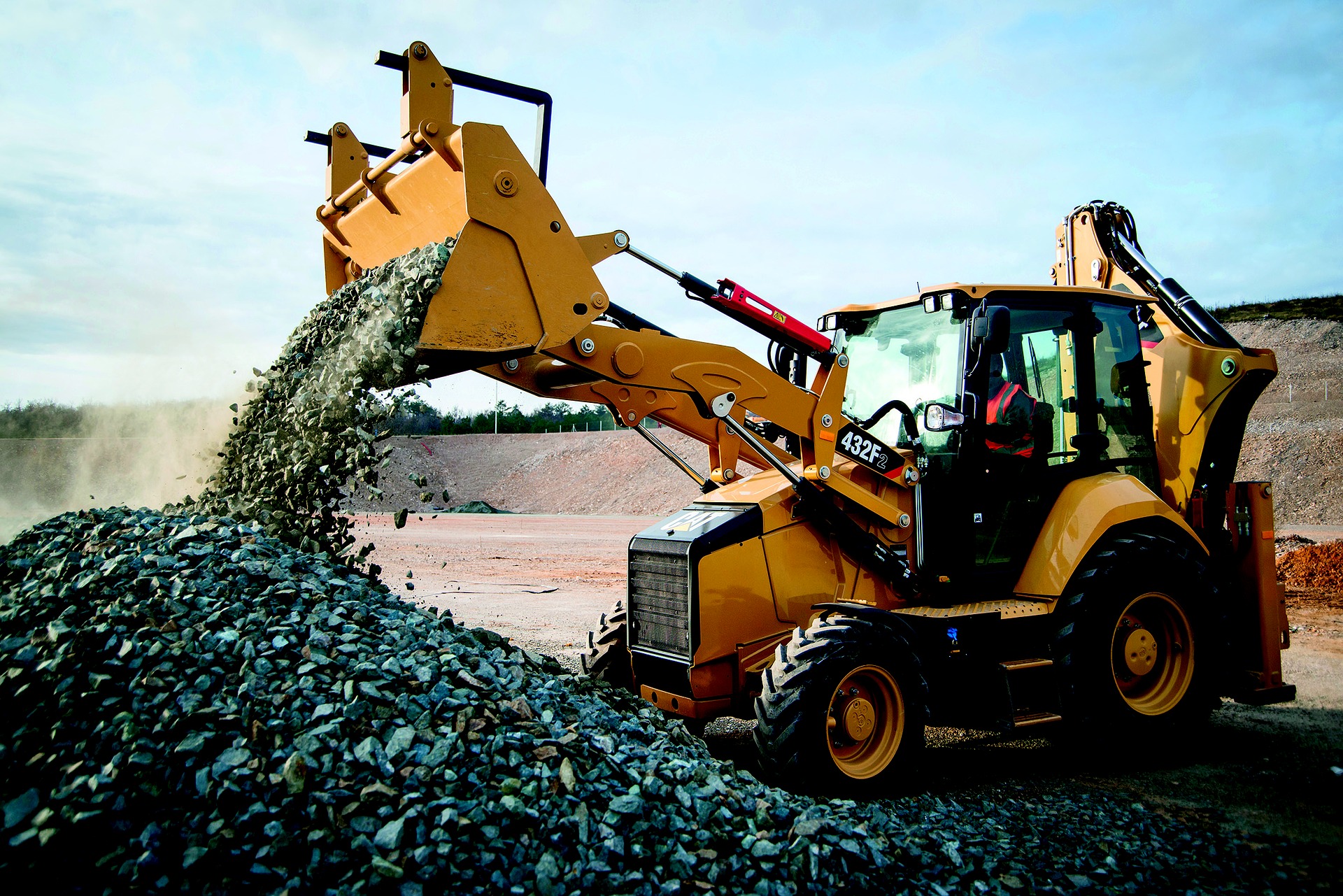
They are also commonly referred to as backhoes and have a similar stature to a farm tractor, and they usually have an adjustable shovel in the front and a bucket in the back that is used for digging. They are medium-sized construction equipment and are usually used for smaller jobs and are able to fit in smaller spaces. They are extremely versatile and capable of working in small and limited spaces where they can perform a plethora of operations. They can do a multitude of tasks, from digging trenches and holes to placing pipes and other materials, and can even move dirt and backfill excavations. They are a wheel-driven equipment and are extremely useful in urban areas.
Bulldozers
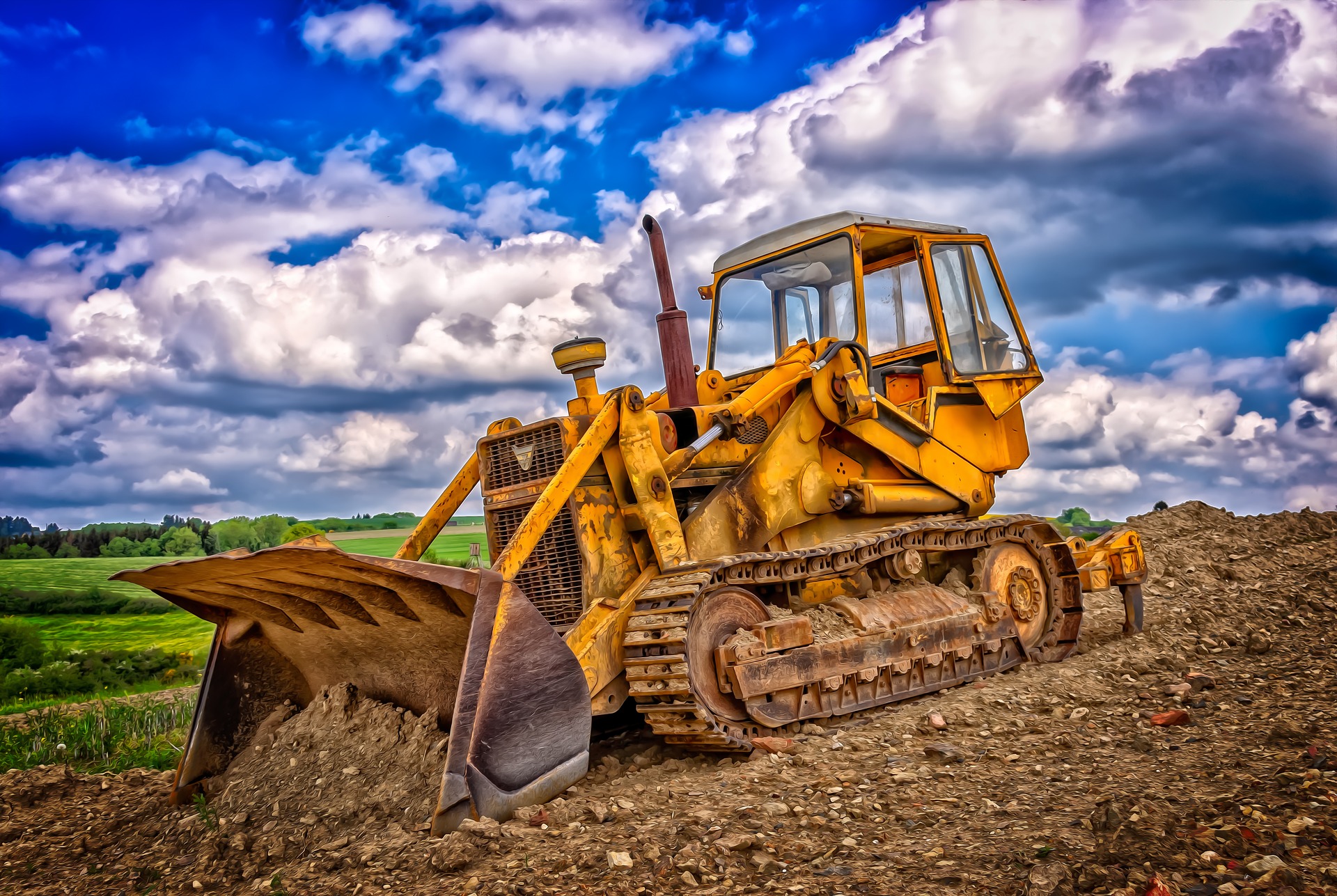
They are the most reliable and strongest heavy equipment used in the construction industry and are extremely powerful and used to move vast amounts of dirt along large open tracts of land. They are a wide piece of equipment that has a flat blade in the front, and this blade can be operated using 2 hydraulic pistons that move the blades in a limited range of angles and depths. Bulldozers are usually used to push piles of earth, and their considerable weight can crush larger boulders.
Excavators
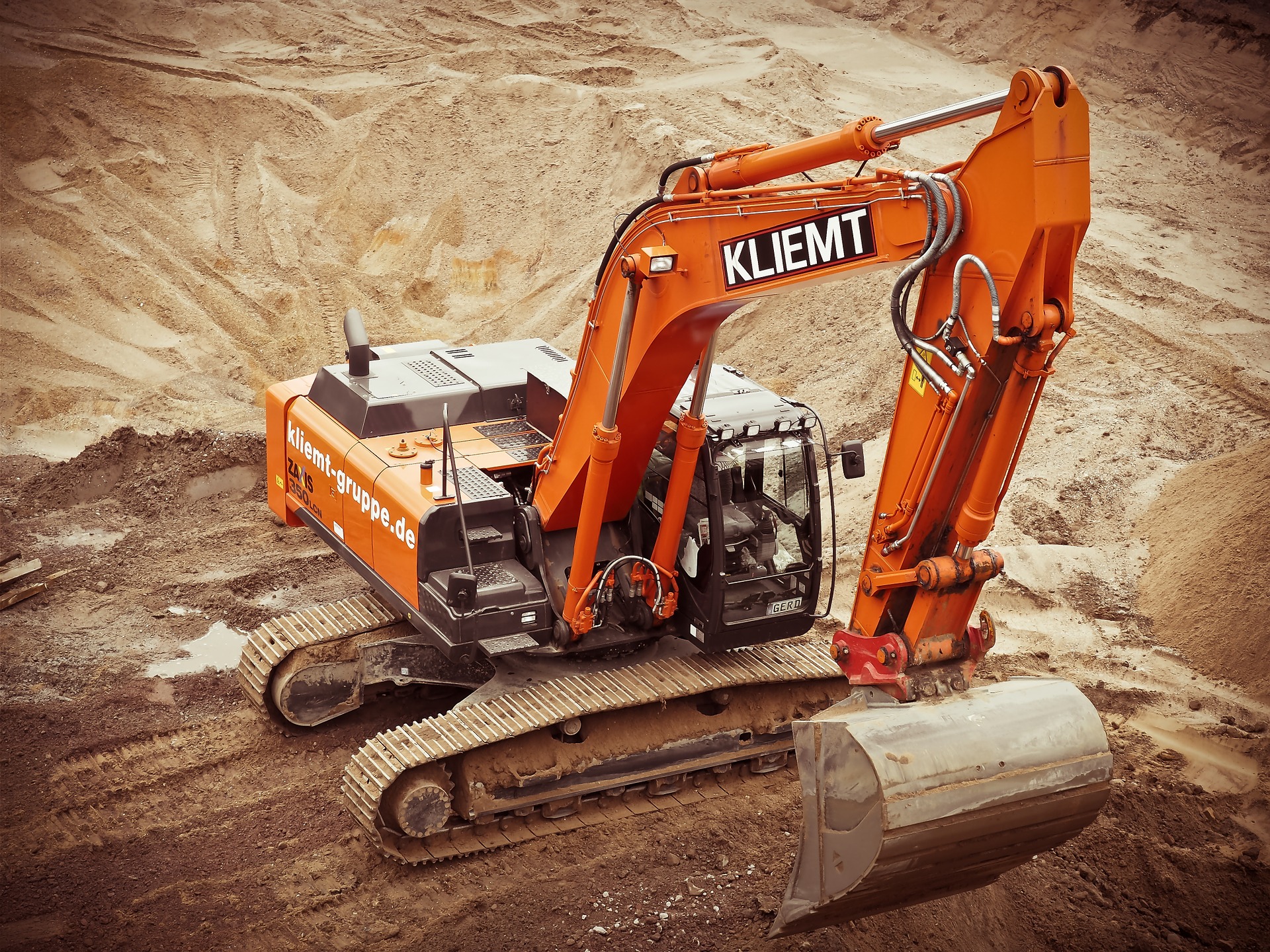
They are large construction equipment and machines that can be driven thanks to their wheels or tracks. They are designed with a long protruding arms that are bucket-like in shape and are used to scope dirt and rocks out of the site. They are usually used for large projects and are used to excavate foundations, dig trenched or large holes or even dredge rivers. Excavators are at the heart of the construction and earthmoving business. Your average excavator is attached to a pivoting cab that can do a full rotating of 360 degrees. There needs to be an operator to control the excavator and they are situated in the cab, which gives them a full view of the site. They are an extremely versatile equipment and is perfect for specialty jobs. They are commonly used for:
- Brush cutting when they have hydraulic attachments
- Demolition
- Excavating holes, trenches and foundations
- Heavy lifting and pipe installation
- Material handling
- Mining
- River dredging
- Rough grading
Skid-steer loaders
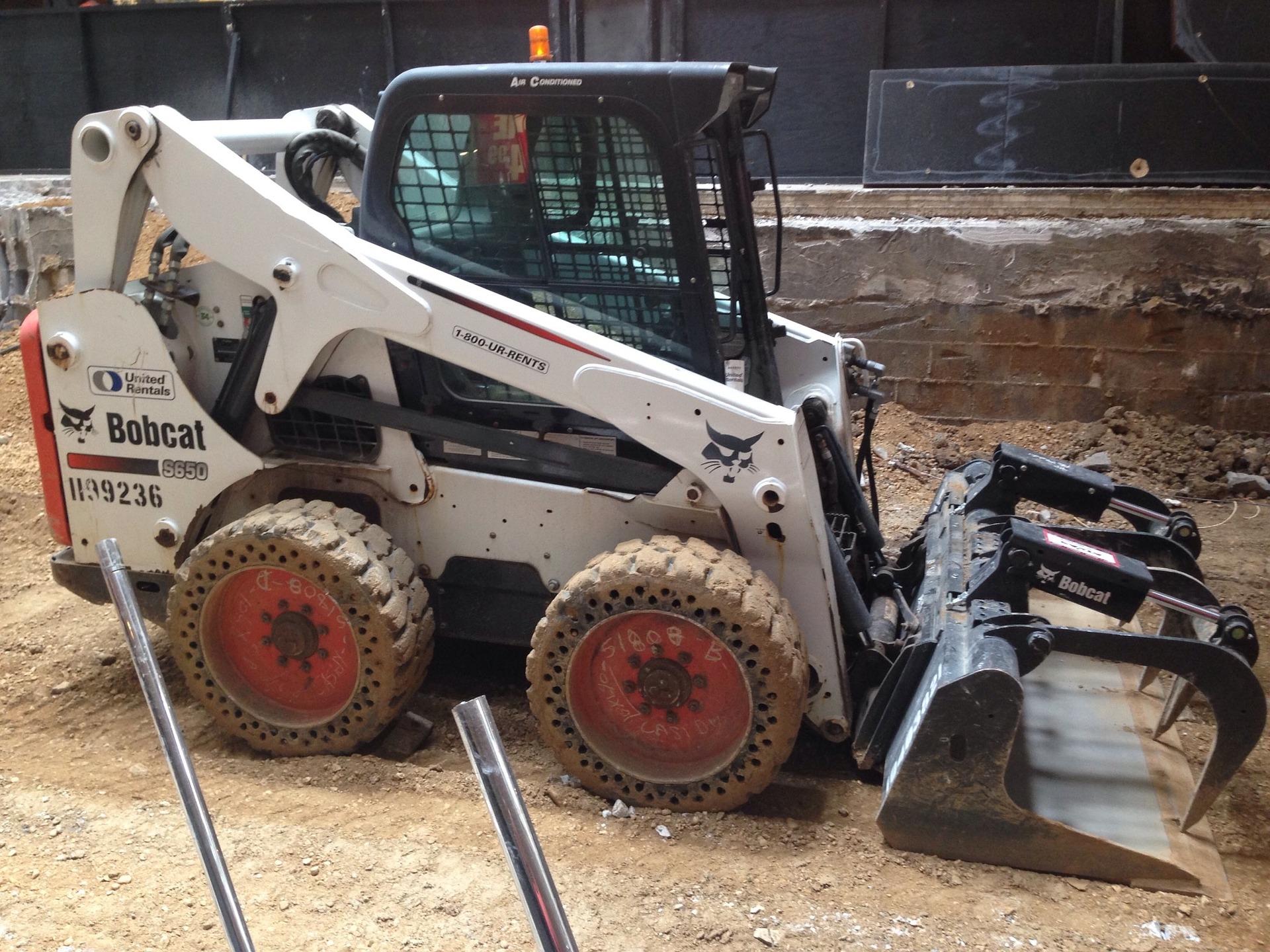
They are also one of the most versatile machines in the construction industry. They are very small and nimble and can move in small spaces, and easily turn in whichever direction they want or need to. They turn and move on their own footprint, a bit akin to tanks, and this makes them ideal for confined spaces or areas of the construction site that have already been finalized. They are wheel-driven and have good traction on snow and mud. They come with a plethora of attachment that makes them extremely versatile and can do anything from jack-hammering, snow blowing to compacting.
For all your earthmoving needs, contact The Groundsman now. With over 28 years of experience in the industry, they are the leading experts in earthmoving in the greater Melbourne Eastern suburbs. Their team of experienced professional deliver safe and reliable earthmoving services. They’ll get the job done, whether it is to remove rubble, earth or soil. So why wait? Call them now for more information!

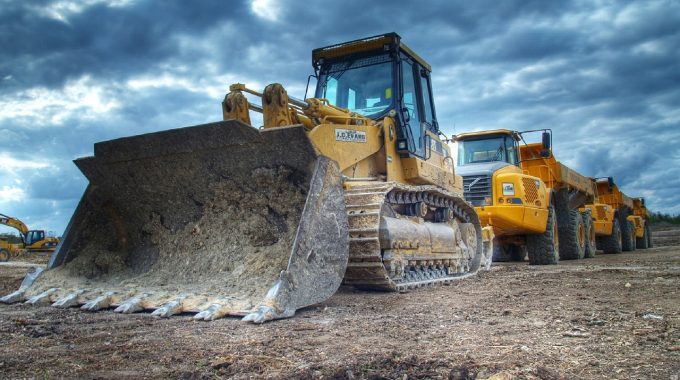
Pingback: 5 Things Everyone Ought To Know About Earthmoving | Golocal business